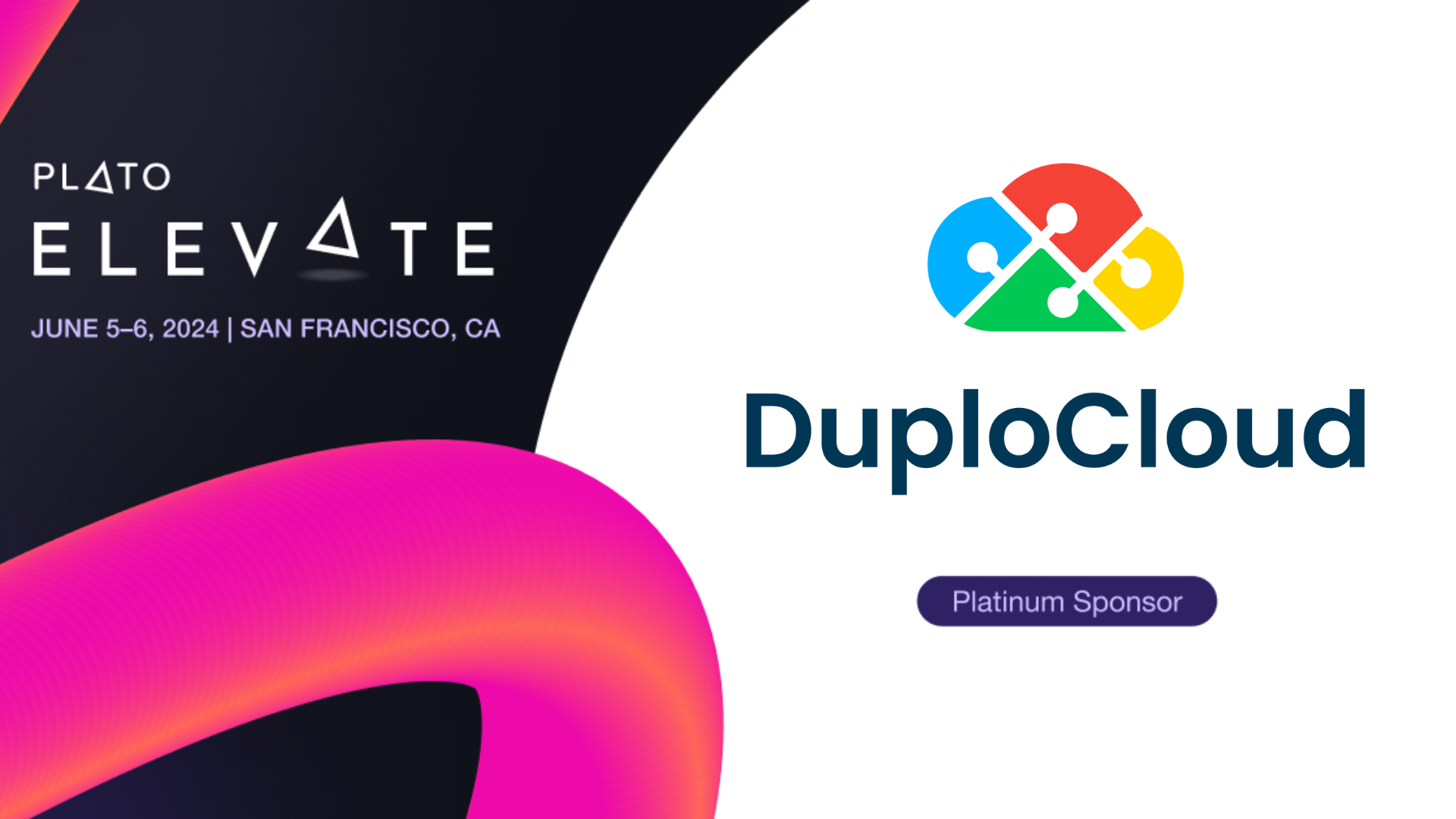Optimize performance and accuracy by moving your machine learning models into production
Artificial intelligence (AI) and machine learning (ML) mark the next evolution in developing cloud-native applications at a global scale. Nearly three-quarters of companies are either currently leveraging AI or exploring doing so to harness its powerful computational abilities for predictive analyses and automating consumer needs.
Operationalization in AI is the method companies use to bring their ML models to market. This guide will explain where operationalization fits into the ML life cycle, challenges to consider when building your model, as well as KPIs that will help you maximize its potential.
What Is Operationalization in AI?
Operationalization in AI is the process of generating and deploying AI-based models in a production environment for use throughout an organization’s development processes and operational workflows, including consumer use. It also involves measuring the model’s ability to enhance productivity and efficiency through key metrics and performance indicators.
However, the journey to operationalize AI is more complex than simply subscribing to a platform like ChatGPT and calling it a day. According to Gartner, operational AI involves “the governance and the full life cycle management of all AI and decision models.” It means being responsible for the health and usefulness of AI-powered models, implementing them into real-world development scenarios, and then iterating on them to improve their decision-making ability further.
To best approach operationalization in AI, it helps to understand where it fits into the machine learning life cycle. According to AWS, there are six phases:
- Identifying the business goal of the ML model by asking questions like, “What is the problem that needs to be solved?” and, “What will be gained by solving that problem?”
- Framing the ML problem by determining what the ML model will observe and predict, as well as what KPIs data teams should track to optimize performance.
- Processing available data in a way that can be used to train the machine learning algorithm.
- Developing the model by training on that data set, tuning it to improve its accuracy, and evaluating the results.
- Deploying the model into production. This is where operationalization in AI takes form, as the model can then fully mature and produce results based on real-world data.
- Monitoring the model to maximize its efficacy.
An important aspect of operational AI is ensuring that you can optimize the return on the investment you’ve put into developing the ML model. Automation through tools like Kubernetes is one of the most effective ways to do so, thanks to its ability to schedule workloads across containers to maximize efficiency while scaling up or down based on user demand.
In fact, many developers spend almost half of their workday on manual tasks that are better off being automated, and machine learning models can enable teams to work more efficiently on high-level problems. For more information about the best ways to give more time back to your developers, download a free copy of our ebook, 7 Essential DevOps Automation Best Practices, today.
Challenges of Operationalization in AI
Deciding what you want your model to do and allocating the resources necessary to build it are only a few of the roadblocks you’ll hit on the way to production. Keep the following challenges in mind as you operationalize your AI model to avoid potential pitfalls.
- Data security: Public ML models may be more widely available than private ones, but their very nature means your proprietary data (like customer data or confidential information) will end up mingling with everyone else’s, potentially posing a significant data security risk. This data could even become part of the data set to be used in consumer-facing inquiries, becoming further exposed to the public. Even if you’re using a private model, you need to ensure that end users aren’t exposed to the inner workings of your model by limiting its access to the edge.
- Effort to create: Relying on an internally developed ML model is more secure than a public one. However, building it requires vast resources, including teams of data scientists and engineers, to develop, test, and operationalize it on live data.
- Explainability: Some ML models act as a sort of “black box” when providing responses; that is, a user types in a query and receives an answer, but there’s no explanation for how the model derives that answer. While this might be acceptable for some requests (such as asking for the address of a business), it might not be for others (such as making medical decisions), so data teams need to account for this when designing their models.
- Reproducible results: When multiple users make the same query, your model should provide as close to the same result as possible each time it is asked. Unreliable responses may cause people to stop using your model and look for one that offers more consistent results.
How to Measure the Effectiveness of Operationalization in AI
Before operationalizing your AI model, you must decide which KPIs to measure to track its efficacy. That way, you can make adjustments if the results don’t align with your expectations. The following KPIs will give you a starting point for areas to measure to maximize performance.
- Accuracy: An ML model is only as effective as the results it provides, so you need to ensure that it gives accurate results that are as reliable as possible.
- Compute power: ML models require vast computational power to generate responses. You need to be able to balance those costs against the revenue your model brings in, so measuring how much energy your model requires is a must.
- Time to market: ML models only fully mature once they utilize real-world data. As such, it is essential to measure how long it takes to bring it to market and weigh this data against other metrics, like accuracy.
Uplevel Your ML Automation Capabilities With DuploCloud
Looking to optimize the performance of your AI/ML workloads? Partner with DuploCloud and bring your model to market faster and more reliably.
Our DevOps Automation Platform allows small teams and enterprises to streamline infrastructure orchestration and scale operations to meet demand, all while ensuring your product meets security and compliance frameworks like SOC 2 and GDPR.
Request a free demo today, and find out why high-growth organizations like RE/MAX, Lily AI, Clearstep, and more trust DuploCloud to master their AI/ML workloads.









